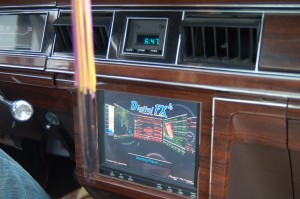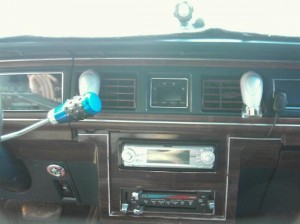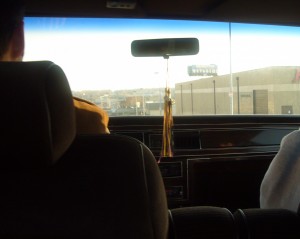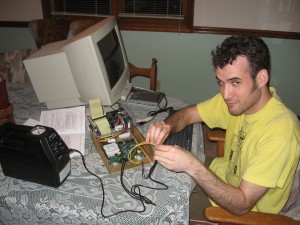As promised long ago, I need to detail the process of building and installing the carputer, my faithful companion and aide for my bajillions of miles of driving.
Why a Carputer?
Besides the obvious reason that it’s friggin’ sweet, why install a carputer in a 1987 Ford? First of all, consider the fact that I was planning on spending who-knows-how-many-hours in said Ford on this project, driving all over the country. Then consider the fact that I would be driving to a lot of people’s homes that I had never been to before. I may also ocasionally have to find a way to access the internet to figure something out. Then consider the fact that all I had in my car for audio was a measly Clarion 12-disc CD changer powering Pioneer speakers. Ok, so that’s actually pretty nice, but still, I would listen all the way through the first batch of CDs in the first couple days of the Tour. And with the changer in the trunk, switching CDs isn’t something that can be done while driving.
Conclusion: a carputer is awesome (and approaching necessary for my Tour) because 1) GPS navigation, 2) as many mp3s as you can fit on your hard drive, 3) wireless internet, and 4) it’s friggin’ sweet.
So let’s talk about the carputer. I think that in order to effectively cover a process so involved, I’ll need to break it down into sections. Four ought to do it: Assembly, Software, Installation, and Audio. For today, Assembly.
Part 1: Building the Carputer Itself
The Plan
Where do you install a computer in a Crown Vic? Well, here’s my plan in a nutshell.
The computer itself would go under the passenger seat. It’s usually not a recommended location for electronics because of the potential for spills and tracked-in slush/junk, but the trunk is too far away to easily connect the keyboard and screen.
Speaking of the screen — the only actually visible component of the carputer — I thought that would fit nicely right in the middle of the dash. Let me give you a visual aid: a Crown Vic dashboard looks something like this:
That’s not from my Vic, because I forgot to get a picture of the dash prior to ripping it open. (Wait, I found one! Kinda. Here it is.)
Anyway, you can see that there are two DIN slots there in the dash — the upper one for audio (there’s some crazy aftermarket head unit there in the above pic) and the lower for climate controls. It was my plan to remove my existing head unit, move the climate controls down lower, cut out the separator between the two, and use both slots combined for the 8″ touchscreen.
Power will run down the right side of the car (conveniently, the battery is on the right), with a small branch off for the carputer and continuing into the trunk to power the amp. Audio signal will leave the carputer and travel down the left side of the car (it’s not good to wire audio and power close together) to the amp. Speakers will be mounted in semi-stock locations.
Choosing The Hardware
After a lot of research and lurking on highly informative forums like mp3car.com, I had decided on a few things I wanted for sure. I didn’t want some old desktop computer case strapped down somewhere in my car. I wanted something sexy. I also did not want to get a power inverter to convert my car’s DC power to AC, just so it could get converted back to DC by the computer’s power supply — what a waste. That meant a DC-DC power supply, and at the time the talk around the web was that the best of these was the Opus.
Much more poking around later, and I had found the package I wanted: the Opus 70.
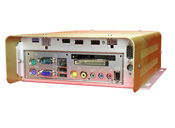
Not only was it made by one of the most respected names in carputing, it came with the exact motherboard and power supply I had decided on, and had a nifty custom aluminum case. Plus other very useful options were available like extra power out for running power to a screen, an adaptor enabling me to connect a laptop hard drive to the motherboard’s IDE connector, RCA audio out, and additional USB connectors.
The Breakdown

Enclosure: The Opus 70 system comes in a sleek brushed aluminum case. It’s a very simple design, vented on the sides, with a single fan in the back to draw air. It fits under my passenger seat with plenty of room to spare. It’s remarkably space-efficient, too, with the motherboard attaching to the bottom and the power supply and hard drive attaching to the top.
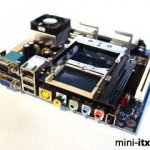
Mainboard: The Via EPIA MII12000G is tiny, able to generate very little heat and consume very little power, and has a host of connectors, including slots for PCMCIA and CompactFlash cards. It also has additional onboard connectors for expanding your options with additional USB or audio connections, which the Opus 70 takes advantage of.
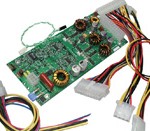
Power Supply: The reason I even found the Opus website to begin with was because of their reputation as making the best DC-DC power supplies for carputers around. The system I got came with a DCX3-120-H, which is to say, a 120-watt power supply with a host of features, the most important being configurable intelligent switching for automatically turning the carputer on/off with ignition, and protection to prevent damaging or rebooting the system during engine cranking (when voltage to the rest of the car drops considerably).
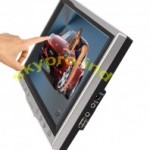
Touchscreen: In my eBay searches I came across a reseller selling SkyPro DL-800‘s, which are cheap 8″ TFT/LCD touchscreens made in Hong Kong, yet with seemingly superior features (higher native resolution, markedly brighter) to the most commonly-used touchscreens I read about in my research (namely, those by Lilliput and Xenarc). I felt a bit nervous about this particular decision, but my worries ended up being needless.
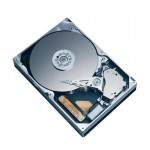
Hard Drive: I had been waiting and waiting for laptop hard drives to be available in sizes larger than 160GB, because I just knew the instant I got the 160GB drive they would release the 200+ giggers. At the time I was researching components, perpendicular recording technology for laptop drives was just hitting the consumer market, and the drives were still pretty pricey. Thankfully, that was before I went to Korea for my first year of teaching over there, and by the time I came back to the US in the spring of 2008, prices were more reasonable and — AND — there was a Seagate Momentus laptop drive available in 250GB, which I promptly ordered from Newegg. (I only buy Seagate hard drives. WD always offers the best price per GB, but after my second WD drive failed — exactly one week after the warranty expired — I switched to Seagate and haven’t looked back.)
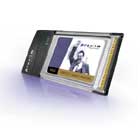
Wireless Internet Solution: The problem with most peripheral options for wireless solutions is that when they are placed in the trunk of a car, or under a car seat, which happens to be where a lot of carputers reside, they don’t get good reception for some reason… Certain PCMCIA wireless cards, however, have a connector for an external antenna, and the standard carputing wireless solution seemed to be the Orinoco Gold PCMCIA wireless card (which I believe is now sold by Proxim) with an external antenna of some kind. So I eBayed such a card, along with such an antenna. A PCMCIA slot for this purpose is part of the reason I chose Epia’s MII motherboard.
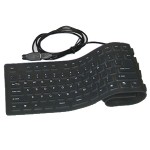
Keyboard: I love full-size keyboards, because as a programmer I use the numpad all the time for navigation. Problem: most of the time the keyboard would be tucked away under the seat, so the keyboard can’t be a big long unyielding rectangle. It should also be water-resistant if not waterproof. Solution: the flexible rubber keyboard! It can actually sit on the floor between the seats, contouring itself to the driveshaft lump. I also picked this up on Newegg for a very reasonable price.
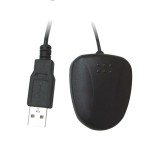
GPS Receiver: I eBayed myself a USB GPS receiver. I don’t remember the brand, but it had specifications that seemed to be equal to the tasks I expected of it. I wanted this to go on the back deck, which meant I also had to get a USB extension cable for it, which I didn’t get until Minneapolis (it was just sitting on my dash until then, with an unsightly cable dangling around). Buying cables from Best Buy is expensive!
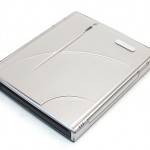
CD/DVD Drive: The computer doesn’t have room inside it for an optical drive, so I had to get an external one. Problem: I only have one USB port to spare, and most external DVD drives require two — one for signal and one for extra power. The solution I found was a handy-dandy enclosure from Meritline featuring a rechargeable lithium-ion battery. The battery supplies whatever power is additionally needed, and recharges from the single USB connection whenever the drive is idle. I bought it with a Sony CD+-R/DVD+-R laptop drive pre-installed, thinking I was getting a slot-loading drive (awesome for carputers) but instead getting a regular tray-loading drive (not so awesome). If I planned on using the drive for much besides installing software and occasionally ripping audio CDs, I could have probably made a stink and gotten it swapped back, but I am not stinky.
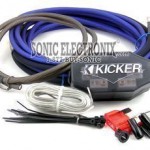
After getting all of those essential components, there were just a few things left, mostly consisting of wires and tools and extensions for things. I visited Stereo West, the local car audio mecca, to get advice on wiring and choosing an amp/speakers (which you’ll hear about later). They talked me through wiring options and gave me some good recommendations. I picked up an 8-gauge Kicker wiring kit while I was there. They were nice and threw in a handful of random wires from around the shop for me too, saving me an additional trip to the hardware store.
The Testing Facility, a.k.a. “Dining Room Table”
Once I had all the parts, it was time to see how the parts played together. I connected the essential parts together, borrowed a 12v battery and a monitor from my dad (normally used to help jump-start cars), and held the Opus’ power wires to the appropriate places on the power plug, which was a bit tricky.
Once I figured out which lines all needed power, the computer whirred to life, and I was able to start installing software.
Part 2 (up later): Software.

